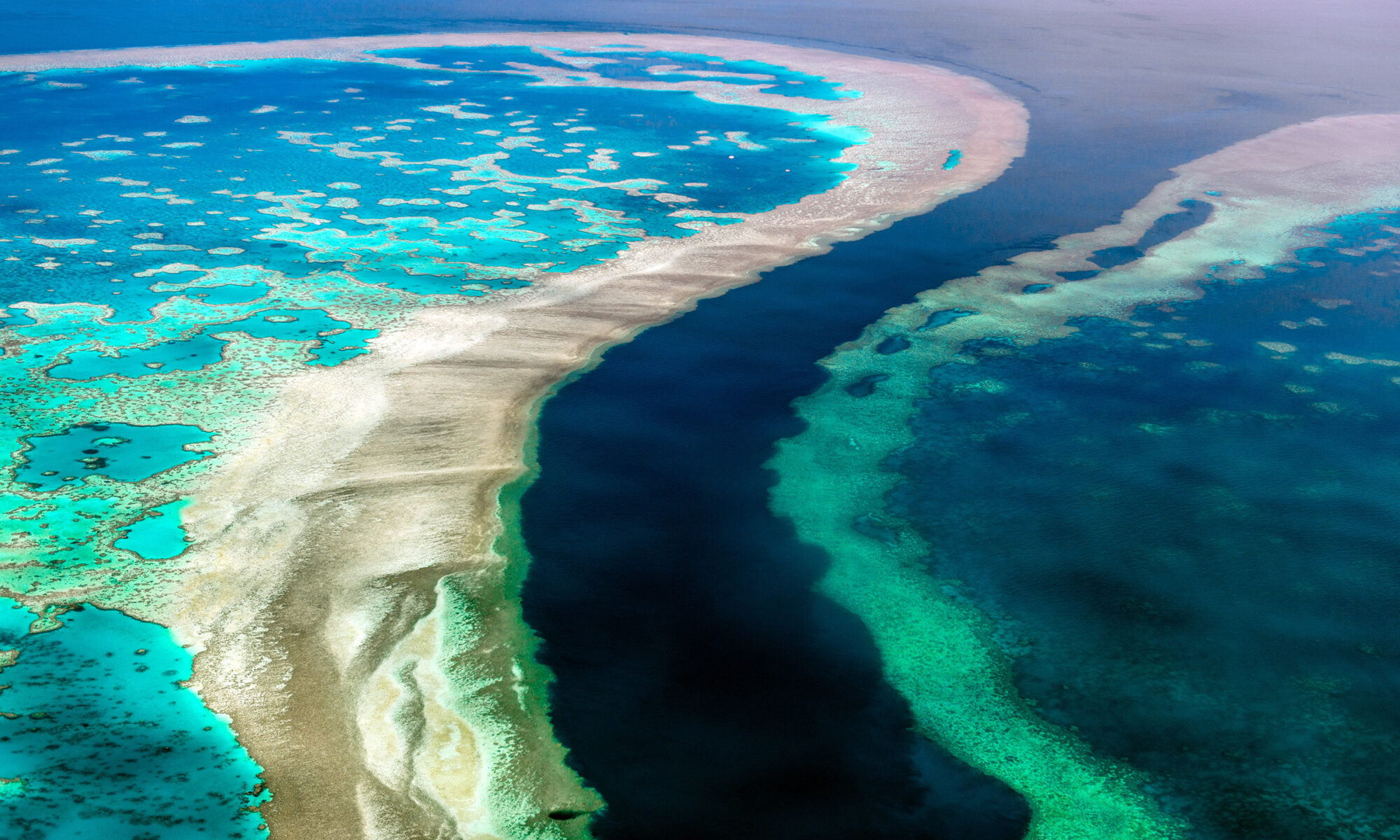 Satellite-Derived Bathymetry for Coastal Monitoring Solutions
Satellite-Derived Bathymetry for Coastal Monitoring Solutions
By EOMAP
Coastal zones represent some of the most densely populated regions of the world and are under increasing pressure from man-made activities. Coastal zones are highly dynamic (Syvitski et al. 2005) and are subject to change in the short term, e.g. caused by extreme weather events, and long term, e.g. caused by erosion and currents. Offshore and coastal engineering activities can modify coastal landscapes significantly, and man-made disasters can have dramatic impacts on the coastal environment. All these changes create a high demand for spatial and environmental data to aid in coastal zone management.
A consistent spatial framework is necessary and challenging, especially because the continually shifting land–water interface poses significant logistical problems for mapping (Committee on National Needs for Coastal Mapping and Charting 2004). The extremely dynamic nature of coastal marine environments makes it especially difficult to monitor. Important issues in coastal monitoring include water characterization, observations of water-quality trends over time, identification of emerging problems, and information for pollution prevention and emergency response (Siermann et al. 2014).
Satellite-Derived Bathymetry
The greatest demand is for up-to-date shallow bathymetric data (Committee on National Needs for Coastal Mapping and Charting 2004) to provide the fundamental geospatial framework which is essential for navigation, port and offshore construction, security, coastal zone management, fisheries management, coastal restoration, and tourism.
Vessel- and aircraft-based methods for coastal monitoring surveys can be cost and time consuming, depending on the level of detail required. For these reasons, extended areas of water worldwide are not mapped in detail, or existing data may be out of date, especially in dynamic environments. The demand for bathymetric data is therefore obvious and lack of this data causes risk to navigation and concerns to the offshore industry and beyond.
SDB benefits from the S-100 standard which allows the use gridded data and other satellite derived data into hydrographic practice. However, SDB lacks on basic standard definitions on data quality, QA/QC processes, certificates, etc. – in other words: all the standards which exist for other survey methods. Defining these standards is a current and future challenge the hydrographic community has to address. This will allow hydrographers, surveyors and bathymetric data users to gain trust in the data. Furthermore, it is of absolute necessity to allow to distinguish different SDB solutions for its use in hydrographic practice.
References:

